Sardar Vallabhbhai Patel’s Biography

Sardar Vallabhbhai Patel, who is popularly known as Sardarji was the first Deputy Prime Minister and Home Minister of India. His full name is Sardar Vallabhbhai Jhaverbhai Patel, who was born in Nadiad, Gujarat. His father’s name was Jhaverbhai and mother’s name was Laxmiben.
The life of Sardar Vallabhbhai Patel can be categorized into two parts:
First part: young age- 23 to 39 years
Sardar Vallabhbhai Patel was the son of a wealthy Patidar farmer. He was born on December 25th in 1875. His hometown was Karamsad, which is about 100 km from Ahmedabad.
Once, Sardar Patel visited his father’s farm and he witnessed how farmers were exploited by the British government and its officials. This incident had a huge impact on his life and he started fighting for social justice.
After returning from England where he studied law, he started practicing in Ahmedabad. He quickly became one of the most celebrated lawyers in Gujarat. During this time, he also became involved in Indian politics and joined the Indian National Congress (INC).
He served as one of Mahatma Gandhi’s closest confidants and worked tirelessly for India’s independence from British rule. In 1930, Sardar Patel played a pivotal role in leading the Salt March, also known as the Dandi March.
This was an act of civil disobedience against the British salt monopoly in India. The march began on 12th March 1930 from Sabarmati Ashram to Dandi village in Gujarat covering a distance of around 400 km. Thousands of Indians joined him on this historic journey that lasted for 24 days until the 6th of April. They reached Dandi village and made salt by evaporating seawater. This event shook the British Raj to its foundations and dealt a crippling blow to their control over India
Second part: Middle age- 40 to 60 years
After India achieved independence in 1947, Sardar Vallabhbhai Patel was appointed as the first Deputy Prime Minister and Home Minister of the country.
He is also credited with unifying more than 550 Princely States to form the Republic of India. He is popularly known as the ‘Iron Man of India’ for his tremendous contribution to building a strong and unified India. Sardar Patel’s success in unifying the Princely States earned him the title of ‘The Man who saved India’.
He played a key role in integrating the armed forces of India and Pakistan after partition. He also helped formulate various policies that strengthened the nation economically and politically.
In 1950, he was awarded the Bharat Ratna, which is India’s highest civilian award, for his outstanding service to the nation. Sardar Vallabhbhai Patel passed away on December 15th, 1950 at the age of 75 due to complications from a surgery. Even though he was no longer alive, his legacy continues to live on through various institutions and organisations that have been named after him such as Sardar Vallabhbhai National Institute of Technology (NIT) in Surat, Gujarat; Sardar Sarovar Dam in Gujarat; Sardar Patel University in Gujarat; and many more.
Sardar Vallabhbhai Patel early life, education, and Married life:
Sardar Vallabhbhai Patel was born on 31st October 1875 in Nadiad, Gujarat to a humble family of farmers. He completed his primary education in Gujarati before attending English High School in Ahmedabad. After passing his Matriculation examination in 1897, he enrolled at the ELPHINSTONE COLLEGE, Mumbai and graduated with a degree in Bachelor of Arts (Honors) in political science and civics in 1900. He married Zaverba (Jhaverbai) at the young age of 16. As a lawyer, he started practicing law in GODHRA but later moved to BORSAD, where he became one of the most successful lawyers in the country.
When did Sardar Patel enter politics?
Sardar Patel’s political career began in the 1920s when he became involved in the Indian independence movement. He was a close confidant of Mahatma Gandhi and worked tirelessly for India’s independence from British rule.
In 1930, Sardar Patel played a pivotal role in leading the Salt March, also known as the Dandi March. This was an act of civil disobedience against the British salt monopoly in India. The march began on 12th March 1930 from Sabarmati Ashram to Dandi village in Gujarat covering a distance of around 400 km. Thousands of Indians joined him on this historic journey that lasted for 24 days until 6th April 1930. The group reached Dandi village and evaporated seawater to make salt. This event shook the British Raj to its foundations and dealt a crippling blow to their control over India.
After India achieved independence in 1947, Sardar Vallabhbhai Patel was appointed as the first Deputy Prime Minister and Home Minister of the country.
Sardar Vallabhbhai Patel’s famous quotes:
“A nation’s culture resides in the hearts and in the soul of its people.”
“There is nothing that cannot be achieved through peaceful means with patience, perseverance, and firm resolve.”
“I do not believe in taking the right decision, I take a decision and make it right.”
Why is Sardar Vallabhbhai Patel an inspiration to the nation?
Sardar Vallabhbhai Patel is an inspiration to the nation because of his immense contribution to building a strong and unified India.
Sardar Vallabhbhai Patel unknown facts:
Sardar Vallabhbhai Patel is one of the most revered leaders of India’s freedom struggle. Here are some unknown facts about him:
1. He was a voracious reader and had an extensive collection of books on a wide range of topics, including law, history, politics, and religion.
2. He was an excellent debater and often engaged in heated debates with his friends and colleagues on various subjects.
3. He was a man of simple tastes and preferred to live a modest lifestyle despite his successful career as a lawyer.
4. He was deeply religious and regularly visited temples and mosques to offer prayers.
5. He was an ardent follower of Mahatma Gandhi and played an active role in the Indian independence movement.
Why Sardar Vallabhbhai Patel did not join Indian Civil Service (ICS)
After the completion of his law degree, Sardar Vallabhbhai Patel decided to join the Indian Civil Service (ICS). He appeared for the ICS examination in 1901 and secured fourth rank. However, he did not join the service as he was not interested in serving the British Raj. Instead, he returned to Gujarat and started practicing law. In 1909, he became one of the founding members of the Indian National Congress (INC) in Gujarat. He actively participated in various national movements like the Non-Cooperation Movement (1920-1922), Salt Satyagraha (1930), and Quit India Movement (1942).
Why Vallabhbhai Patel could not become the first Prime Minister of Independent India
During a meeting of the All-India Congress Committee (AICC) in Wardha on January 15, 1942, Gandhiji named Jawaharlal Nehru as his political successor. “Jawaharlal will be my successor, not Rajaji or Sardar Vallabhbhai. When I’m dead, he’ll talk like me “Gandhiji said.
This shows that Gandhiji, not the people of India, wanted Nehru to be India’s first prime minister. Gandhi had no political goals in India’s newly independent state, but Patel never stopped obeying him.
In 1946, on the other hand, Patel was chosen by the Pradesh Congress Committees (PCCs) to be the candidate for Congress President. Patel got the job. Even though Nehru was more popular with the general public and had a broader view of the world, twelve of the fifteen PCCs supported Patel for Congress President. People liked Patel because he was a capable executive, organiser, and leader.
After it became clear that the PCC had already decided, Nehru chose to keep quiet. Mahatma Gandhi thought that Jawaharlal would not be happy with coming in second, so he asked Patel to take back his nomination for Congress President. As is usual, Patel gave Gandhi the most respect. In 1946, Nehru was President of the Congress for a short time before J.B. Kripalani took over. Kripalani would remain there until 1952.
Sardar Patel was not convinced by Gandhi Ji’s India-Pakistan Partition Idea?
Sardar Patel, who was also known as the Iron Man of India, was not as convinced as his mentor, Mahatma Gandhi Ji, about the India-Pakistan partition. In a letter written to Jawaharlal Nehru, Sardar Patel expressed his concern about the newly formed Pakistan. The letter, dated 15 October 1947 reads:
“I have tried to convey to you my innermost feelings about Pakistan. I do not wish to write anything about it in public for it will raise controversy and excite quarrels.
But I can tell you that I am with you in your feelings about Pakistan and I will work with all the sincerity and faith at my command to make the revised arrangement successful and to consolidate it.” He added that Muslims living in India were “perfectly loyal” and if they had chosen to move to Pakistan after partition.
it was their choice and we had no business to stop them from making it.” He concluded by saying that he had suggested his plan for the Partition of India because he did not believe in “the present borders” drawn up by British rulers for dividing the Indian subcontinent.
Sardar Patel wrote this letter a day after the assassination of Mahatma Gandhi.
It is interesting that Sardar Patel was not convinced about the partition of India and its formation. However, he sacrificed his life for the unity and integrity of the country. Sardar Patel’s patriotism is unparalleled.
Hey kids, how much did you like Sardar Vallabhbhai Patel Biography? Please share your view in the comment box. Also, please share this story with your friends on social media so they can also enjoy it, and for more such Biography, please bookmark storiespub.com.





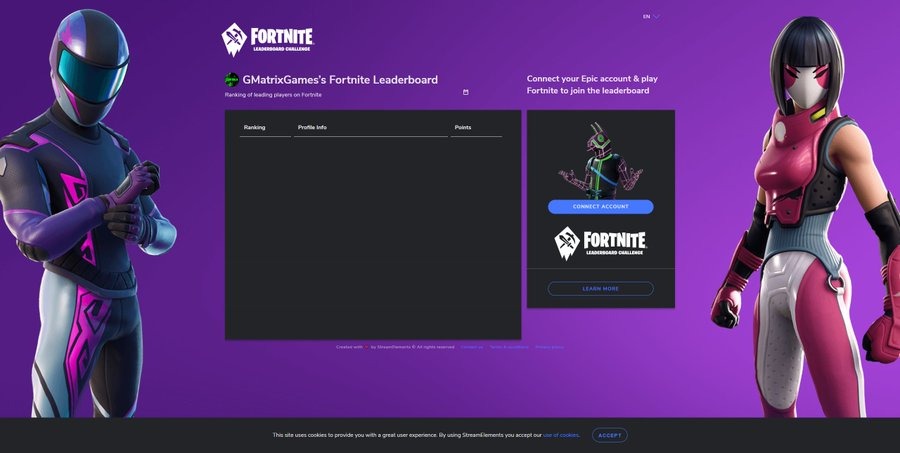
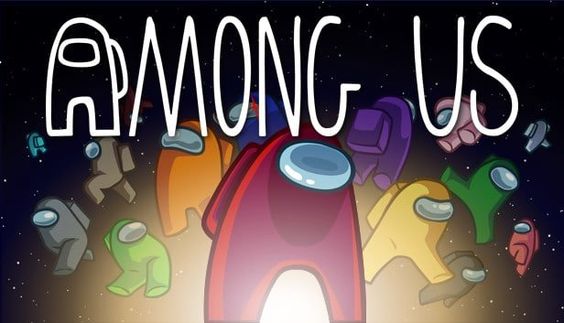








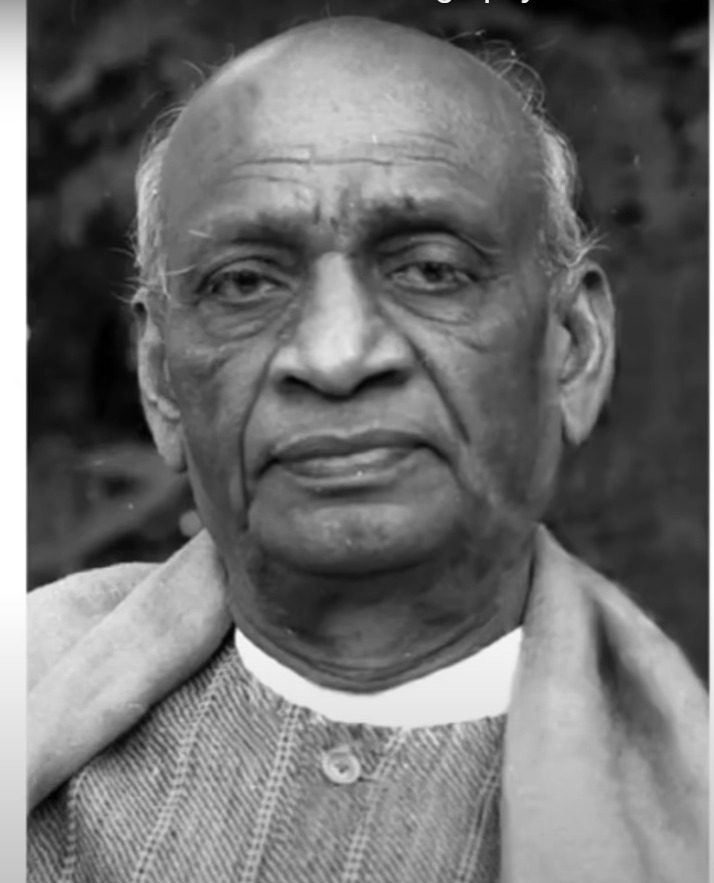






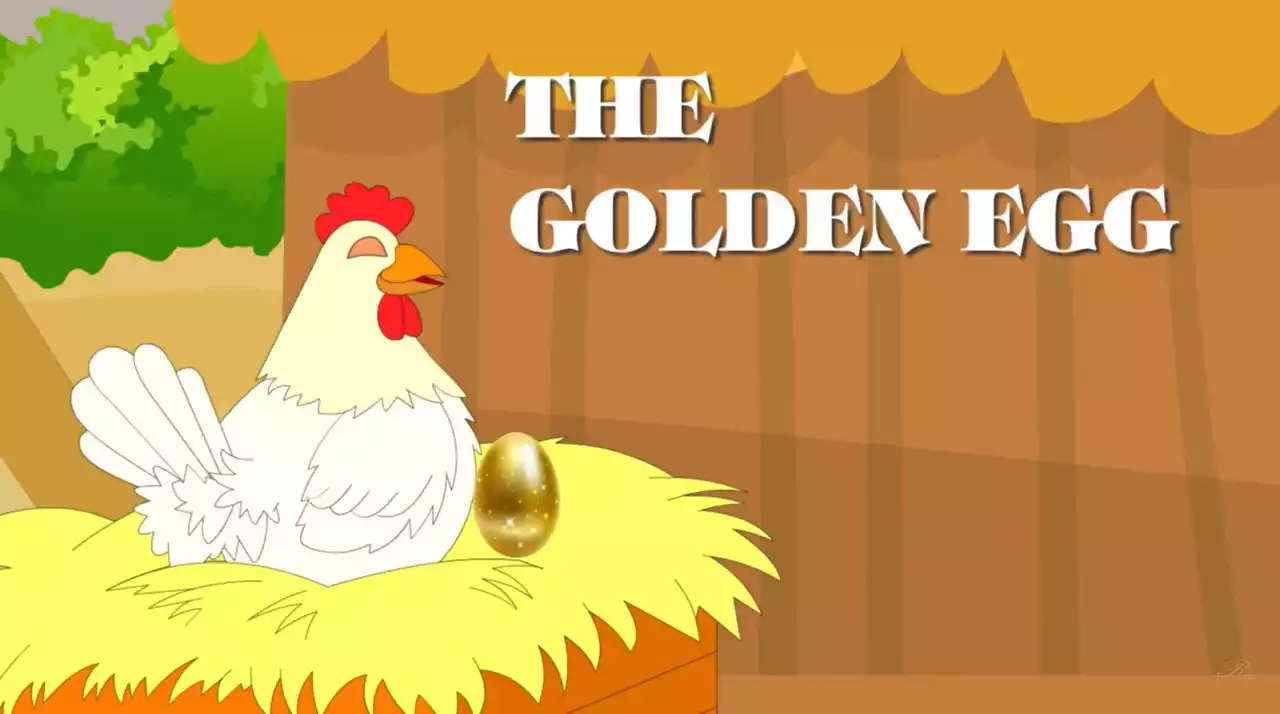
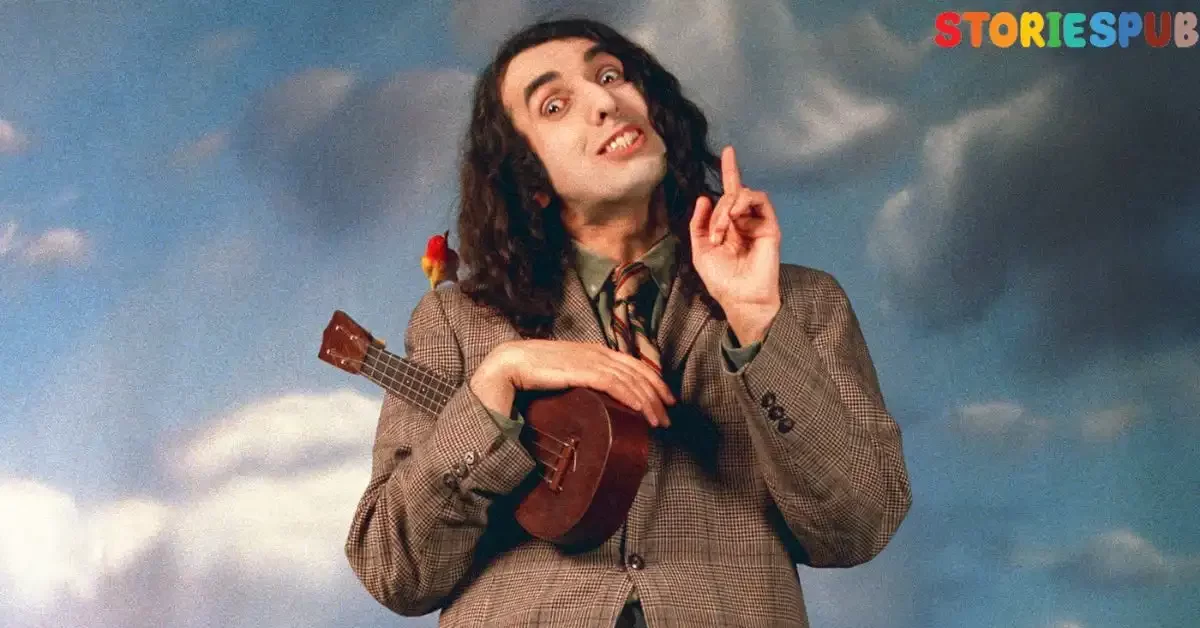

I really prize your piece of work, Great post.
Comments are closed.